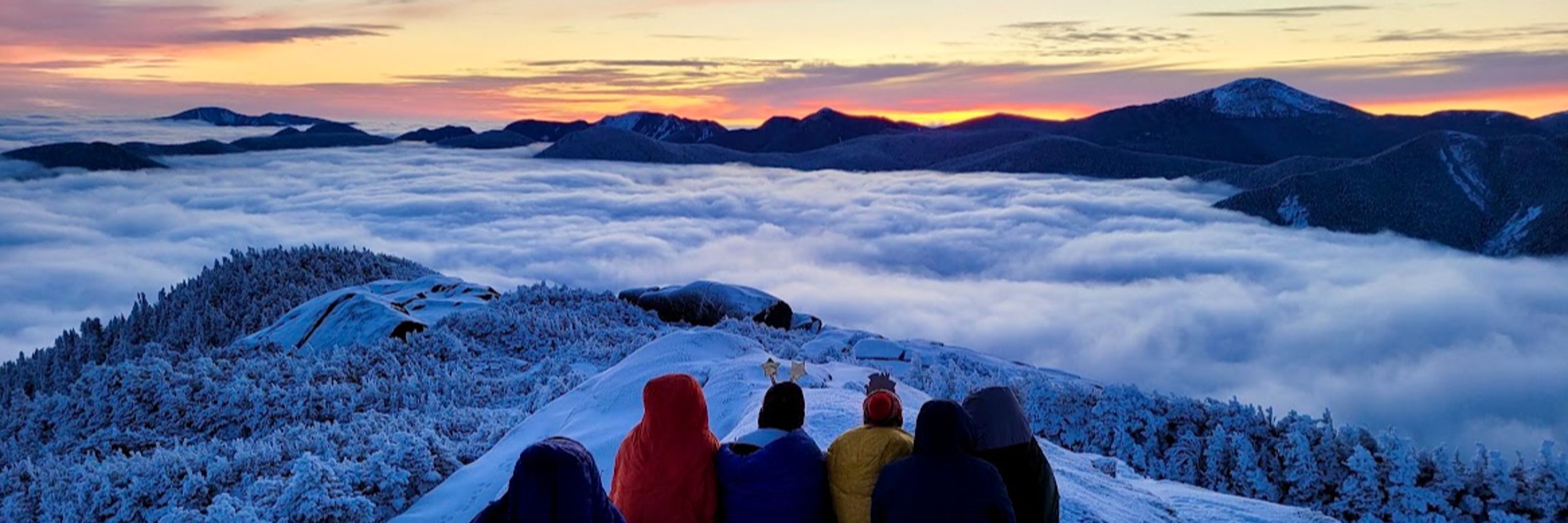Jenna Robinson
@jrob09.bsky.social
490 followers
220 following
35 posts
PhD Candidate at RPI (NY, USA) studying variability in ecosystem metabolism and greenhouse gases in lakes. I like to run/hike/climb/ski in the ADK mtns. Alopecian.
I share student/early-career opportunities + fun sci facts!
https://aquatics-lab.weebly.com
Posts
Media
Videos
Starter Packs
Reposted by Jenna Robinson
Reposted by Jenna Robinson
Reposted by Jenna Robinson
Reposted by Jenna Robinson
Reposted by Jenna Robinson
Reposted by Jenna Robinson
Reposted by Jenna Robinson
Reposted by Jenna Robinson
Reposted by Jenna Robinson
Reposted by Jenna Robinson
Reposted by Jenna Robinson
David Ho
@davidho.bsky.social
· 19d

Transforming Carbon Dioxide into Rocks!? Experiments for Understanding Carbon Dioxide Removal through Chemical Weathering
This paper presents a series of hands-on experiments designed to teach principles of carbon dioxide removal through chemical weathering in middle and high school chemistry classes. Chemical weathering is demonstrated by the reaction of carbon dioxide dissolved in water with basalt, forming bicarbonate. The experiments, which utilize simple materials such as PET bottles, are safe and feasible for classroom settings. Students are introduced to key concepts such as the carbon dioxide solubility in water and the chemical processes that trap carbon dioxide. The experimental design includes continuous monitoring of dissolved carbon dioxide levels using membrane-based carbon dioxide sensors and pH changes to visualize the progression of bicarbonate formation. These activities provide students with practical experience in carbon dioxide removal methods, mirroring real-world geological processes, and enhance their understanding of their part in the carbon cycle. In addition, the experiments also provide insight into fundamental processes of carbon capture and storage based on the chemical weathering of basalt. The accessibility of the materials, coupled with the relevance to current global climate discussions, makes this a valuable addition to chemistry education. This approach aims to fill the educational gap on carbon dioxide removal, empowering students to engage in societal discussions on the role of carbon capture and storage in the fight against climate change.
pubs.acs.org
Reposted by Jenna Robinson
Reposted by Jenna Robinson
Reposted by Jenna Robinson
Reposted by Jenna Robinson
Nature
@nature.com
· 27d

Long-range PM2.5 pollution and health impacts from the 2023 Canadian wildfires - Nature
A modelling study based on satellite observations, machine learning and a chemical transport model quantifies the global and regional exposure to particulate-matter pollution and the human health impacts related to the 2023 Canadian wildfires.
go.nature.com


















